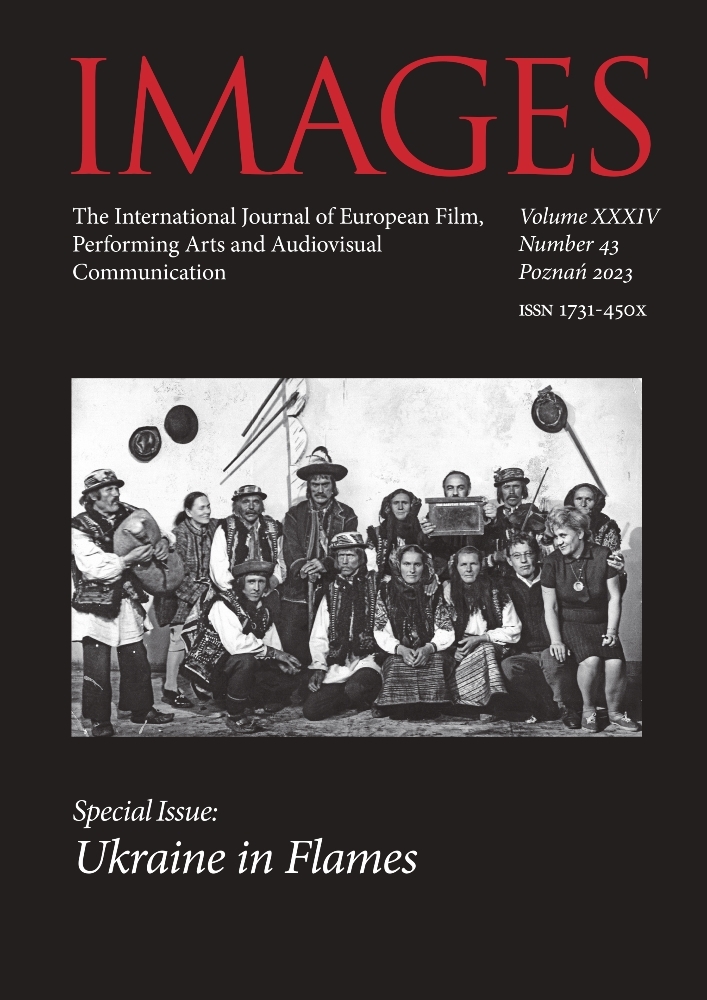Abstrakt
The film Hatred (Wołyń) is a hybrid of a classic historical drama (with elements of discourse) and a modernist anti-war film. Smarzowski created a scenario that complicates the history of Volhynia, and renders it open to ambiguous assessments of Poles, Ukrainians, Jews and Germans. The film was supposed to be conciliatory. But this desire to distance itself from factual and ethical simplifications was doomed to lose in confrontation with the emotional force of the final sequence of the cruel crime. The author of the article does not oppose the macabre. From the Polish perspective, it was rather unavoidable in the first film on this subject, because it was not about the information about the crime itself but rather its emotional experience (probably cathartic for some viewers). The author only points to the fact that thinking in terms of reconciliation in the making of the film, which in the first part approaches a distanced discourse (for the full expression of the “voice of history”), and in the final parts is an immersive anti-war film, could not be successful.
Bibliografia
Kornacki K., Kurpiewski P., Kino jak nauczyciel. Klasyfikacja działań autorskich współczesnego polskiego kina historycznego (propozycje), [in:] Historia wizualna w działaniu: studia i szkice z badań nad filmem historycznym, eds. D. Skotarczak, J. Szczutkowska, P. Kurpieski, Poznań 2020, pp. 59–90
Motyka G., Cień Kłyma Sawura: polsko-ukraiński konflikt pamięci, Gdańsk 2013 Motyka G., Wołyń ’43: ludobójcza czystka – fakty, analogie, polityka historyczna, Kraków 2016
Patron I., Polski Wołyń na ekranie. Przegląd ukraińskich publikacji internetowych o filmie Wojciecha Smarzowskiego, [in:] Mistrz Wajda, ed. S. Bobowski, Wrocław 2010, pp. 199–211 DOI: https://doi.org/10.19195/0860-116X.39.15
Rychcik M., Kręcone siekierą: 9 seansów Smarzowskiego, Warszawa 2019 Siemaszko E., Święcenie narzędzi banderowskiej zbrodni, “Biuletyn IPN” 2017, no. 1–2 (January–February), pp. 81–91
Szpulak A., Echa Idź i patrz Elema Klimowa w dwóch polskich filmach antywojennych – Mieście 44 Jana Komasy oraz Wołyniu Wojciecha Smarzowskiego, „Images. The International Journal of European Film, Performing Arts and Audiovisual Communication” 2018, no. 23(32), pp. 219–230 DOI: https://doi.org/10.14746/i.2018.32.18
Witek P., Andrzej Wajda jako historyk: metodologiczne studium z historii wizualnej, Lublin 2016
Licencja
Prawa autorskie (c) 2023 Krzysztof Kornacki

Utwór dostępny jest na licencji Creative Commons Uznanie autorstwa 4.0 Międzynarodowe.

